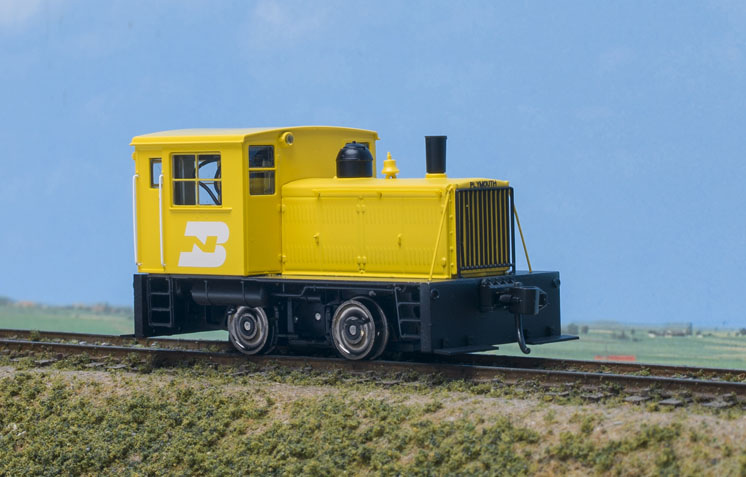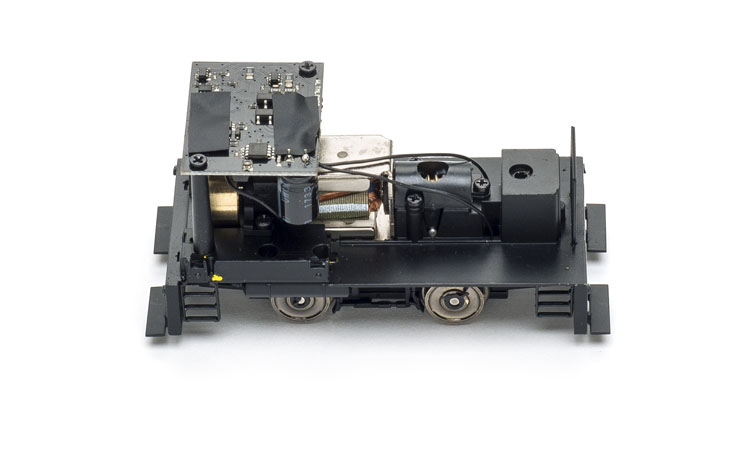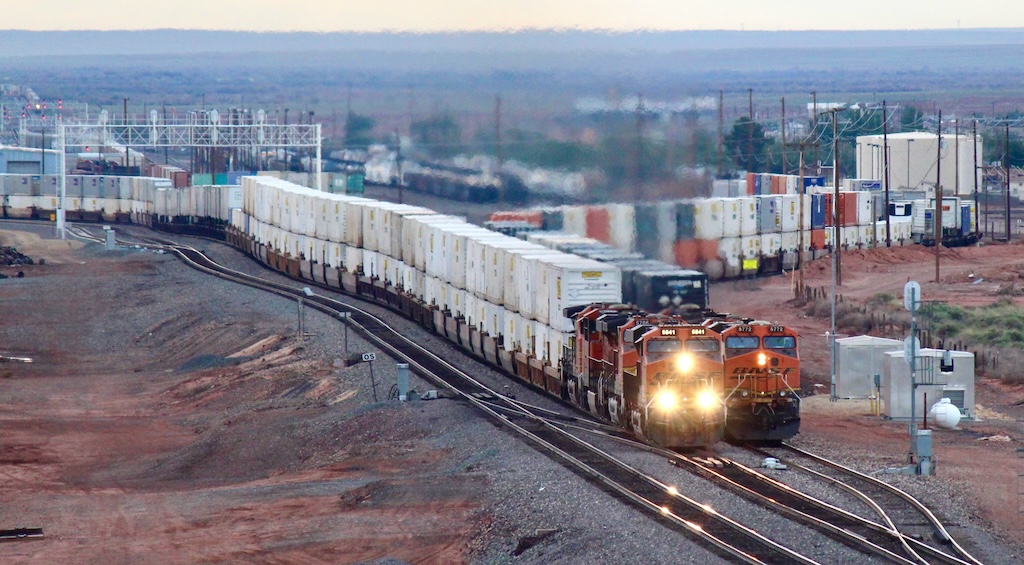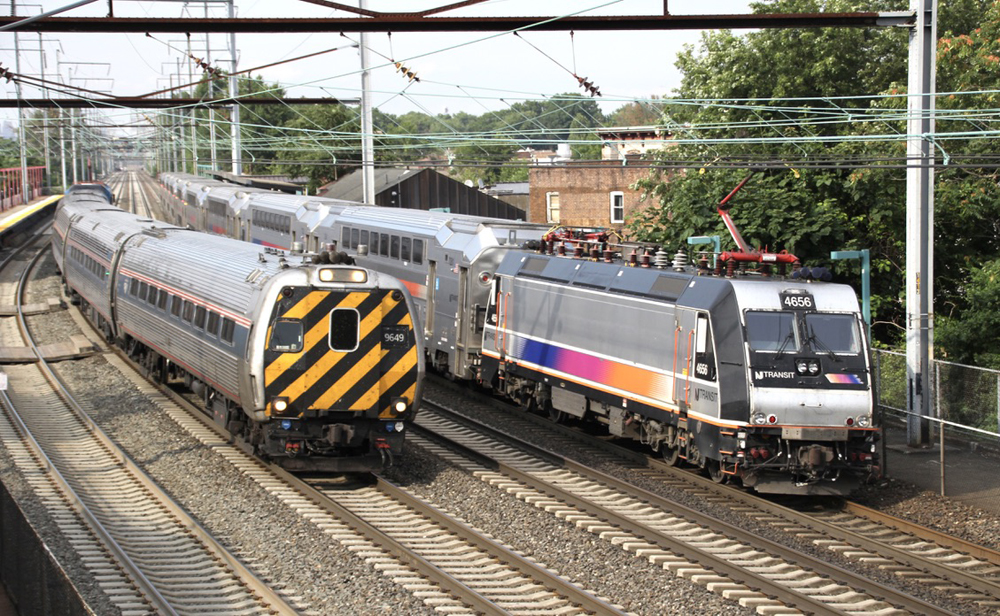It wasn’t long ago that we reviewed the Plymouth ML-8 locomotive from WalthersMainline (June 2017). But Walthers has reissued the switcher equipped with an ESU LokPilot Digital Command Control (DCC) decoder, so we put this version through its paces.
The model. Walthers’ model uses the same tooling as the version we reviewed last year, which matched prototype photos and builder’s drawings. The die-cast metal hood, which adds to the weight of the diminutive model, is well done, especially the raised “Plymouth” lettering on top of the radiator grill.
Our model was decorated for Burlington Northern, but those wanting a more generic model to work an industry on their layout have a rainbow of painted but unlettered options to choose from. The package includes decals with more than a dozen industry heralds, both prototypical and freelanced. Many match Walthers HO scale industry kits.
Testing. Our sample was equipped with an ESU LokPilot DCC decoder, which handles motor and lighting functions, but has no sound capabilities. There likely wouldn’t be room for a speaker in the cramped cab, anyway.
As the LokPilot is a dual-mode decoder, the engine will run on either direct-current or DCC layouts. I tested it first under direct current. The lights came on at about 2.5V, and it started rolling steadily at 3V, moving at a nice and slow 1.7 scale mph. At 12V, it zipped along at 68 scale mph, more than twice the prototype’s top speed of 25 mph.
The model performed equally well under DCC. The speed ranged from 1 scale mph at speed step 1 to 51 scale mph at step 28. The decoder features several configuration variables (CVs) for fine-tuning the performance, including lowering the top speed, adjusting the speed curve, and adding deceleration and acceleration momentum. An extensive user manual is available as a free computer download at www.esu.eu/en.
One function I appreciated was what the ESU manual called “Shunting Mode,” accessed by pressing function key 3. This mode cut the model’s speed in half for finer slow-speed control.In addition to the directional headlight, I could turn the cab interior light on or off with a DCC throttle.
Our workbench force meter measured the engine’s drawbar pull at .8 ounce, which is surprisingly high for such a diminutive engine. That’s equivalent to 11 free-rolling HO scale freight cars on straight and level track.
The ESU version also comes with an onboard capacitor that stored enough energy to keep the model’s lights and motor on for 4 seconds with no track power. That’s more than enough power to cross an insulated turnout frog.
Good thing in a small package. If your HO scale layout has a busy industry that moves a lot of cars internally, an industrial switch engine like the Plymouth ML-8 would come in handy. This reliable, smooth-running engine would be right at home on any layout from 1920 to today.
Price: $99.98 (DC), $149.98 (DCC)
Manufacturer
Wm. K. Walthers, Inc.
5601 W. Florist Ave.
Milwaukee, WI 53218
www.walthers.com
Era: 1920s to present
Paint schemes: Direct current or DCC: Burlington Northern; Bicentennial (red, white, and blue); black with pilot stripes; green; red; orange; and yellow with pilot stripes. DCC only: Atchison, Topeka & Santa Fe; blue; Union Pacific; and United States Army Transportation Corps.
Features
All-wheel drive and electrical pickup
Die-cast metal frame and hood
Directional light-emitting-diode lighting
Etched-metal radiator guard
Skew-wound motor with flywheel
Proto-Max couplers, at correct height
RP-25 blackened metal wheels, in gauge
Separately applied wire and engineering plastic handrails
Weight: 3.6 ounces















